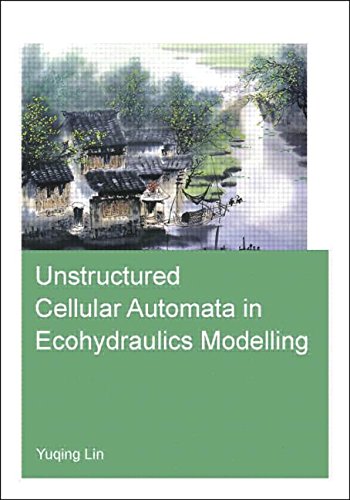

Most ebook files are in PDF format, so you can easily read them using various software such as Foxit Reader or directly on the Google Chrome browser.
Some ebook files are released by publishers in other formats such as .awz, .mobi, .epub, .fb2, etc. You may need to install specific software to read these formats on mobile/PC, such as Calibre.
Please read the tutorial at this link: https://ebookbell.com/faq
We offer FREE conversion to the popular formats you request; however, this may take some time. Therefore, right after payment, please email us, and we will try to provide the service as quickly as possible.
For some exceptional file formats or broken links (if any), please refrain from opening any disputes. Instead, email us first, and we will try to assist within a maximum of 6 hours.
EbookBell Team

4.3
88 reviewsThe field of ecohydraulics integrates hydrodynamic and eco-dynamic processes. While hydrodynamic processes are usually well described by partial differential equations (PDE’s) based on physical conservation principles, ecosystem dynamics often involve specific interactions at the local scale. Because of this, Cellular Automata (CA) are a viable paradigm in ecosystem modelling. All cells in a CA system update their states synchronously at discrete steps according to simple local rules. The classical CA configuration consists of uniformly distributed cells on a structured grid. But in the field of hydrodynamics, the use of unstructured grids has become more and more popular due to its flexibility to handle arbitrary geometries.
The main objective of this research is to identify whether the CA paradigm can be extended to unstructured grids. To that end the concept of Unstructured Cellular Automata (UCA) is developed and various UCA configurations are explored and their performance investigated. The influence of cell size was analyzed in analogy with the Finite Volume Method. A characteristic parameter ―min distance of UCA– was put forward and tested by numerical experiments. Special attention was paid to exploring the analogies and differences between the discrete CA paradigm and discrete numerical approximations for solving PDE’s. The practical applicability of UCA in ecohydraulics modelling is explored through a number of case studies and compared with field measurements.